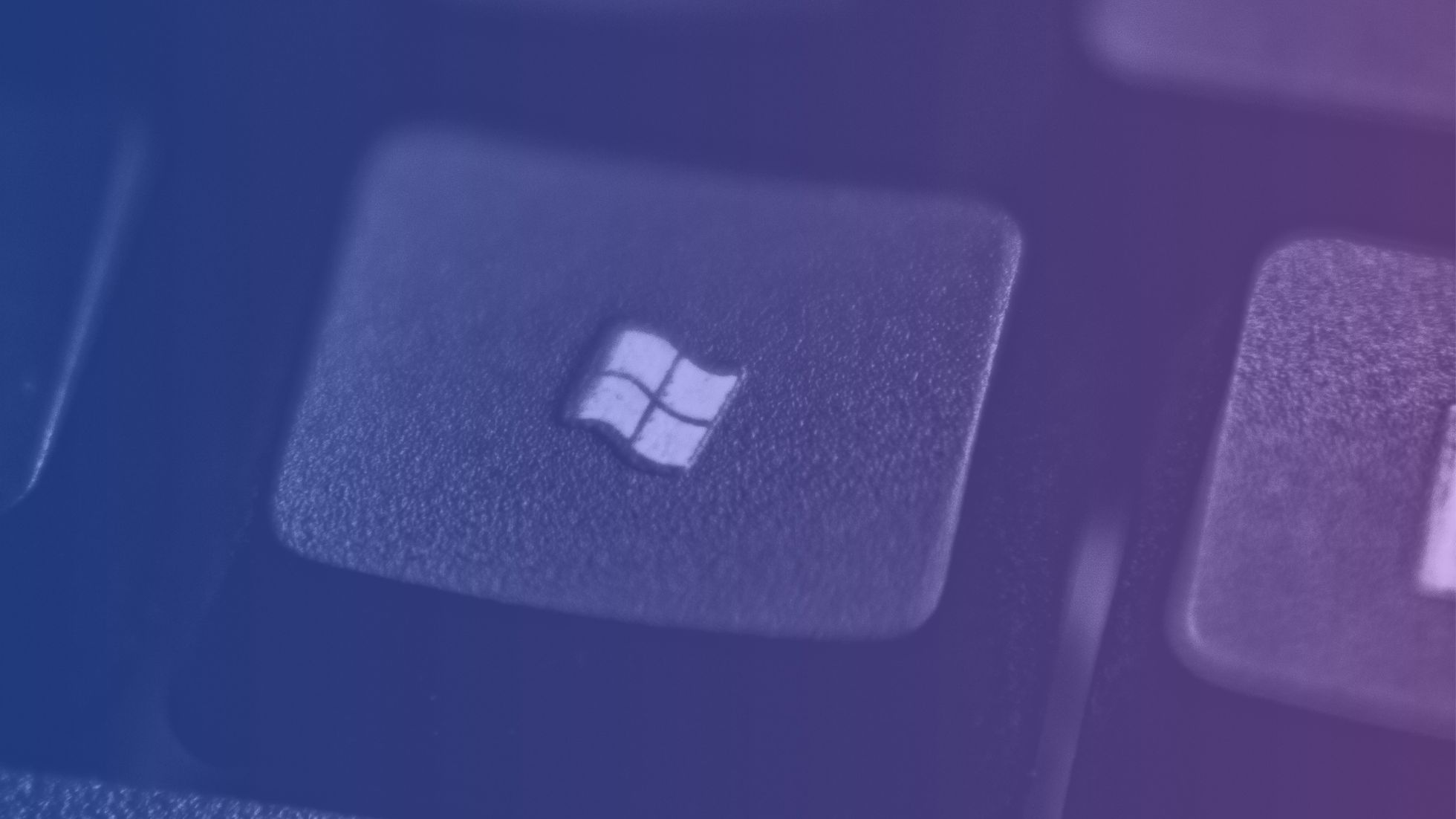What is Microsoft Dynamics NAV?
Microsoft Dynamics NAV represents one of Microsoft’s most successful enterprise resource planning (ERP) solutions designed specifically for small to mid-sized businesses.
This comprehensive ERP system serves as a centralised platform that helps businesses manage their day-to-day operations efficiently. When implemented, NAV creates a “single source of truth” for your organisation’s data, breaking down departmental silos and improving communication across your entire business.
The core strength of Dynamics NAV lies in its versatility. It covers essential business functions including:
- Financial management and accounting
- Supply chain and inventory management
- Manufacturing and production planning
- Sales and customer service
- Project management
- Human resources (basic capabilities)
- Business intelligence and reporting
What sets NAV apart is its flexibility. It can be fully customised to meet specific business needs, offering a tailored user experience that boosts productivity. While less feature-rich than its enterprise-level counterpart Dynamics AX, NAV strikes a strong balance between usability and functionality—ideal for growing businesses.
For manufacturers, NAV supports better order planning, production version control, demand forecasting, and full supply chain management, including purchasing, inventory, and warehouse operations.
NAV 2018 was the final release under the NAV name. Microsoft then rebranded it as Dynamics 365 Business Central, adding cloud features and stronger integration with other Microsoft tools.
Though mainstream support ended in early 2023, extended support continues until 2028, allowing businesses time to plan future upgrades.
NAV Vs Business Central
If you’re currently using Dynamics NAV, you’ve likely heard about Microsoft Dynamics 365 Business Central. Business Central represents the next evolution of the NAV platform, taking everything businesses loved about NAV and moving it to a more modern, cloud-friendly architecture.
Business Central maintains the core functionality and flexibility that made Dynamics NAV popular, but adds several key advantages. First and foremost, Business Central offers cloud deployment options alongside traditional on-premises installation, giving businesses more flexibility in how they manage their ERP system.
Support timelines represent another critical difference between the two systems. Mainstream support for all NAV versions officially ended in early 2023, though Extended Support continues for recent versions:
- NAV 2015: Extended Support until January 14th, 2025
- NAV 2016: Extended Support until April 14th, 2026
- NAV 2017: Extended Support until January 11th, 2027
- NAV 2018: Extended Support until January 11th, 2028
Business Central follows Microsoft’s Modern Lifecycle policy, offering continuous updates and support if you stay on the bi-annual release schedule. As a cloud-based solution, it provides automatic updates, lower hardware needs, disaster recovery, and a 99.9% uptime guarantee.
It also features a modern, user-friendly interface and seamless integration with tools like Office 365. Still, many businesses continue using NAV, especially when heavily customised. Upgrading depends on your unique needs and long-term strategy.
Why to upgrade to business central
With mainstream support for all NAV versions ending in early 2023, businesses must decide whether to upgrade. While extended support runs to 2028 for some versions, security risks grow as fixes decline, making NAV increasingly vulnerable.
Business Central offers stronger disaster recovery, automatic backups, and a 99.9% uptime guarantee. Its cloud model reduces IT burdens and ensures greater resilience.
Clear upgrade paths exist—especially for NAV 2015 to Business Central 2018 users—easing the transition. Upgrading now provides modern features, better integration with Microsoft tools, and continuous updates, making it a smart long-term move.






